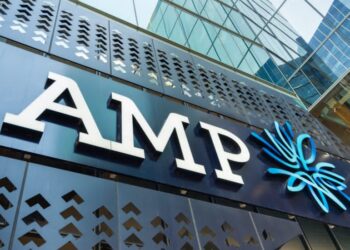The Australian Prudential Regulation Authority’s (APRA’s) superannuation performance heatmaps will not and has not discouraged trustees to make innovative investment decisions, the authority believes.
Speaking at the Financial Services Council’s (FSC’s) investment conference on Monday, APRA deputy chair, Helen Rowell said the heatmaps had not driven a material shift in investment strategies nor had it led to a shift to wholesale indices.
“We don’t see it as having driven material shift in investment strategies so far. We haven’t seen the shift to wholesale index hugging that people said that would happen as a result and nor do we think that should happen,” Rowell said.
“At the end of the day the measures are risk based, they are meant to assess the performance against the strategy that the trustee has selected for their members and so trustees still have that flexibility to make those decisions about the risk return outcomes for the appropriate members and shape their strategy accordingly and make those key decision on how they implement that in terms of liquid and illiquid, or passive versus active strategies.
“If those strategies aren’t delivering value and outcomes relative to the cost and risks taken then it suggests there’s a need to revisit and a change to the strategies are needed.”
Rowell said while APRA was surprised at the “noise” that was created when the authority announced its heatmaps, it had “seen good things” so far.
“The industry has responded really well and most of the industry has turned its minds to actually improving outcomes in investment space, reducing fees etc. When we did the update in June 2020 we were able to show that more than 40% had received a fee reduction in their MySuper product and that proportion has continued increased and you’ll see more change when we continue to release the update in December,” she said.
“We’ve also seen shifts in investment governance and implementation with a view to improving outcomes. For example, funds moving out of higher cost investment strategies and options where those weren’t adding value. We felt that the heatmaps were a game changer in terms of industry transparency and getting a better sharper focus on lifting member outcomes and that has been realised in our view.”
Commenting on concerns regarding benchmark hugging as a result of the Government’s Your Future Your Super investment performance test, Rowell said she did not see a tension or trade-off between balancing obligations for members and having investment strategies that had good outcomes however it was measure and irrespective of its benchmark.
“The question fundamentally is what is the right investment strategy for your members? And whether it’s APRA’s heatmap or the government’s measures the trustees continue to have flexibility to set the strategy they think is right in terms of risk return outcomes for their members,” she said.
“Then they need to implement that in a way and monitor the delivery of that to make sure they’re delivering the value and outcomes they expect. If they’re not meeting those benchmarks or not delivering value for the strategy that you’ve implemented then you have to ask the question on whether this is the right strategy and if not, change it.”




